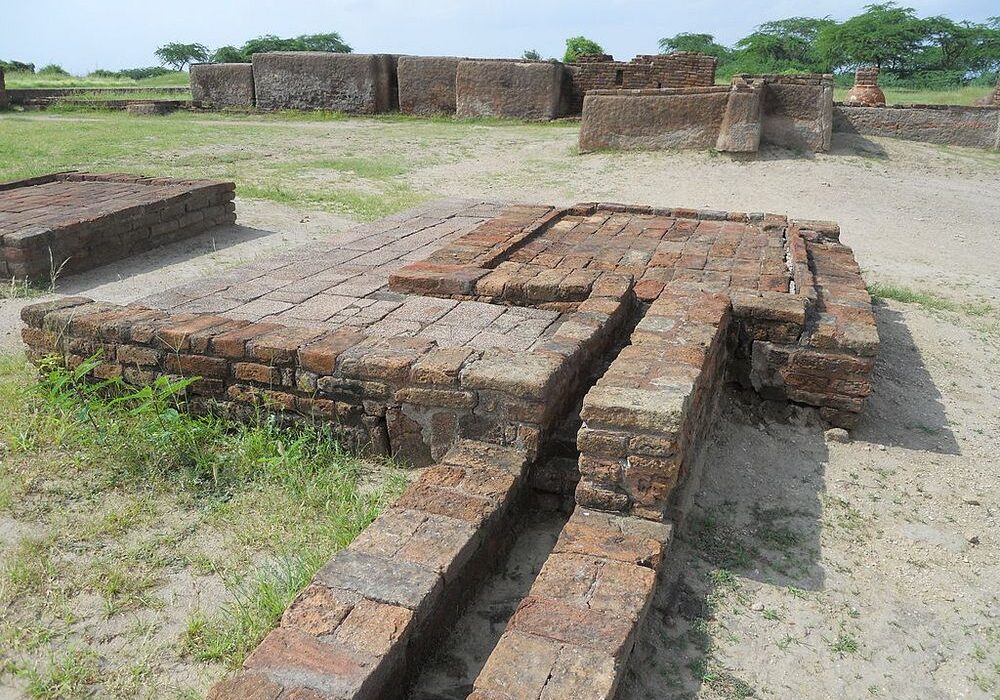India’s contribution to global maritime history is profound, with one of its most remarkable milestones dating back to the Indus Valley Civilization. Among the ancient sites that showcase India’s advanced engineering and maritime prowess is Lothal, a port city located in present-day Gujarat. Lothal is believed to have housed the world’s first known tidal dock, constructed around 2300 BCE, highlighting the sophisticated urban planning and technological capabilities of that era.
Lothal: A Maritime Marvel
Discovered in the 1950s, Lothal was one of the most prominent cities of the Indus Valley Civilization. Its location was strategically chosen near the Gulf of Khambhat, allowing it access to sea routes. What sets Lothal apart from other ancient settlements is its meticulously planned dockyard, which connected the city to an ancient course of the Sabarmati River, enabling ships to sail in and out regardless of the tides.
The dockyard itself is a testament to the civil engineering skills of the Harappans. Constructed with burnt bricks and equipped with an inlet and outlet system for water control, it was designed to harness tidal waters, facilitating the loading and unloading of cargo. This dock is not only the earliest example of such infrastructure in the world but also one of the finest examples of urban planning in the ancient world.
Trade and Cultural Exchange
Lothal was a thriving center of trade, dealing in semi-precious stones, beads, ornaments, and pottery. It had commercial ties with Mesopotamia and other parts of West Asia, suggesting that maritime trade routes from the Indian subcontinent were well established thousands of years ago. Seals found in Lothal bear inscriptions in the Indus script and were likely used for trade documentation, indicating a highly organized system.
Legacy and Recognition
The discovery of Lothal’s dock has redefined our understanding of ancient civilizations and their capabilities. It highlights that India’s maritime activities predate the commonly recognized beginnings of Western civilization. Today, Lothal stands as a symbol of India’s rich maritime heritage and continues to attract archaeologists, historians, and curious travelers from around the world.
The site is protected by the Archaeological Survey of India and features a museum that exhibits various artifacts unearthed during excavations, including tools, ornaments, seals, and even replicas of the dockyard system.
—
Conclusion
Lothal’s tidal dock is more than just an archaeological wonder—it is a reminder of a time when Indian civilization led the world in innovation, trade, and maritime technology. As we explore our past, such discoveries help us appreciate the depth of India’s contributions to human progress and inspire future generations to value and preserve our heritage.












